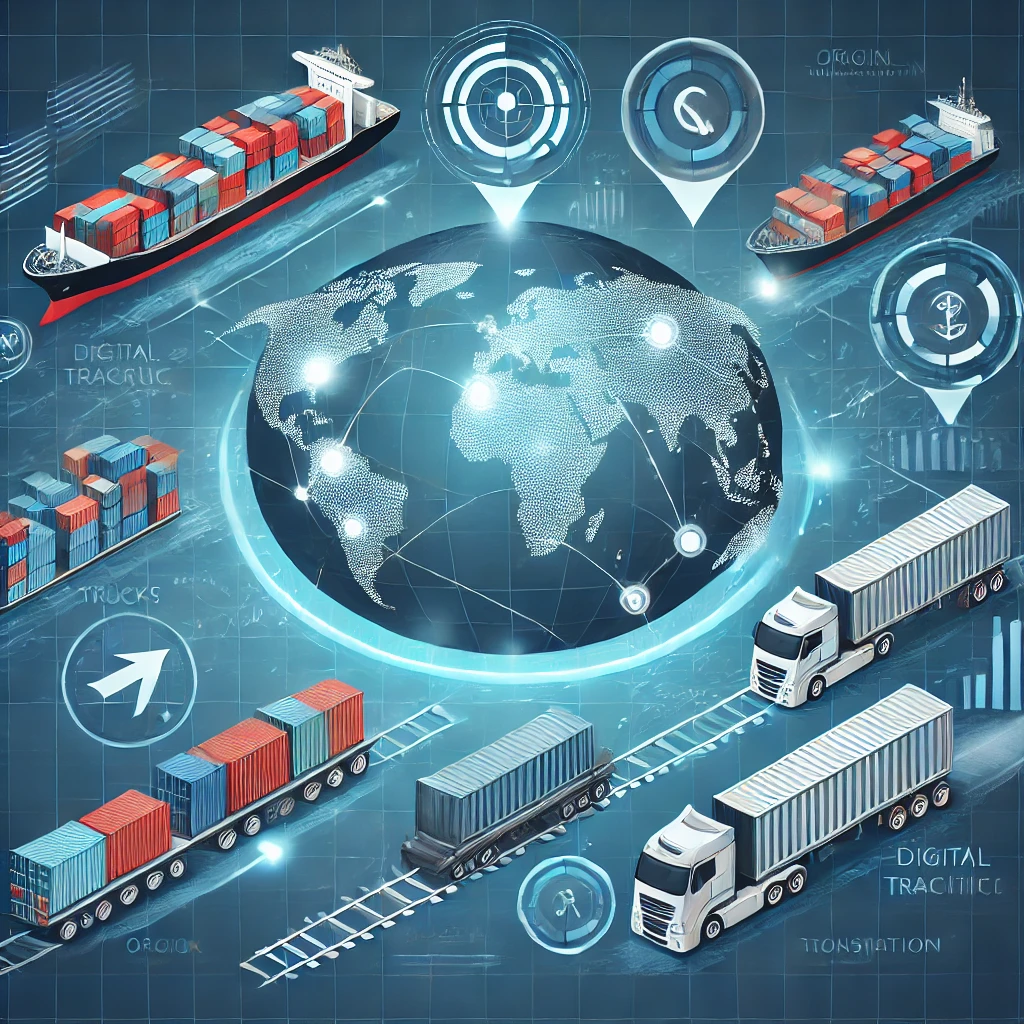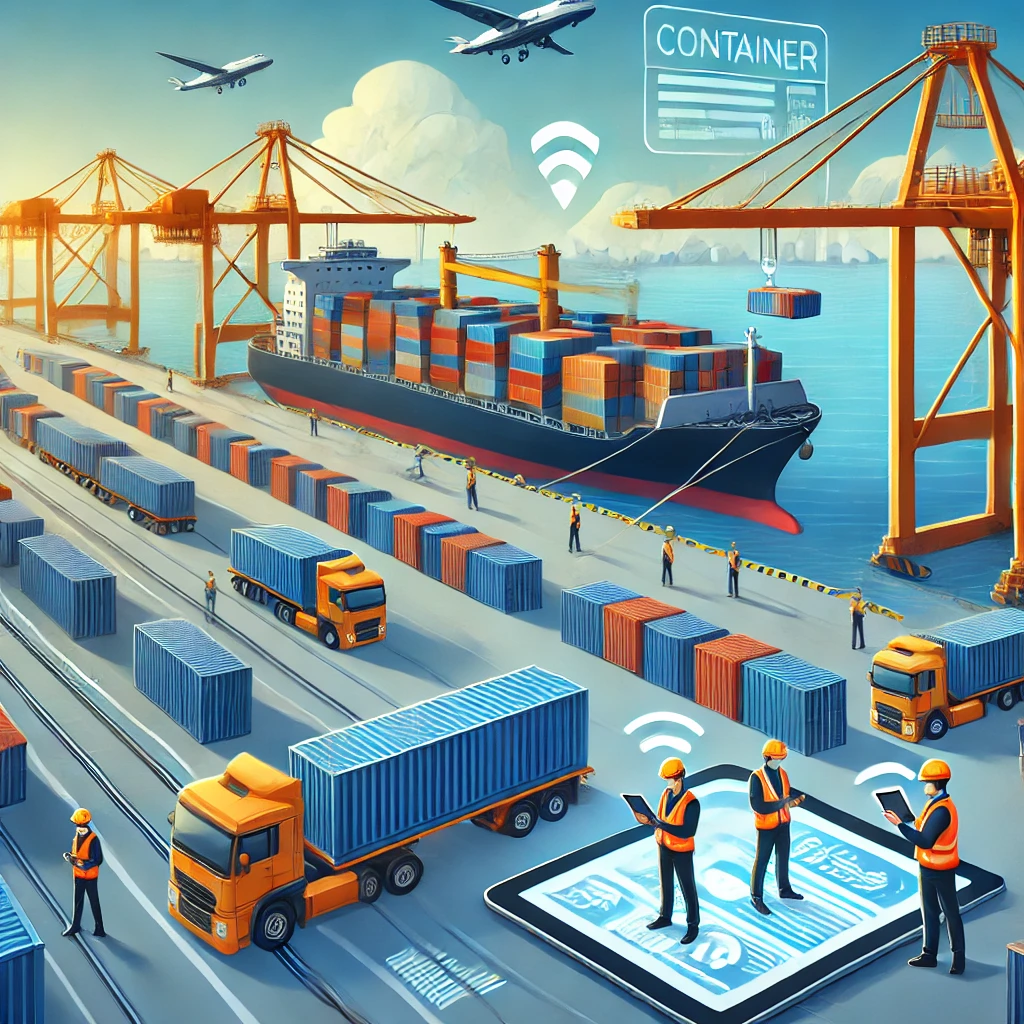Everything You Need to Know About Container Status
This article provides a detailed explanation of container status, highlighting its key features, practical applications, and relevance for professionals and businesses.

What Is Container Status?
Container status refers to the real-time tracking and condition updates of a shipping container as it moves through various transport modes, including sea, rail, and road.
Key Container Status Updates
Status Type | Meaning |
Gate In | The container has entered a port or terminal. |
Loaded on Vessel | The container is loaded onto a cargo ship. |
In Transit | The container is being transported to its next destination. |
Arrived at Port | The container has reached its destination port. |
Customs Clearance | The container is undergoing import/export clearance. |
Gate Out | The container has exited the terminal for final delivery. |
Key Features of Container Status Tracking
1. Real-Time Tracking & Monitoring
- Provides accurate location updates for cargo.
- Reduces risks of misplacement or delays.
2. Digital Tracking Systems
- Uses GPS, RFID, and IoT technology for precise container tracking.
- Improves supply chain transparency and efficiency.
3. Automated Alerts & Notifications
- Businesses receive status updates on container movements.
- Helps logistics teams plan ahead and manage delays.
4. Customs & Compliance Visibility
- Ensures smooth import/export processes by tracking clearance status.
- Reduces the risk of customs penalties or shipment holds.
5. Multi-Modal Transport Integration
- Tracks containers across ships, trucks, and rail networks.
- Enhances intermodal logistics efficiency.
Practical Uses of Container Status Tracking
1. Freight Forwarding & Logistics Optimization
- Companies use tracking to monitor shipments and reduce delays.
2. International Trade & Supply Chains
- Helps businesses ensure on-time deliveries and manage import/export compliance.
3. Warehouse & Inventory Management
- Businesses track incoming shipments to optimize storage space.
4. E-Commerce & Retail Distribution
- Ensures faster and more reliable shipping for online businesses.
5. Security & Loss Prevention
- Helps reduce risks of cargo theft or damage during transit.

Advantages and Challenges of Container Status Tracking
Advantages | Challenges |
Improves shipment visibility with real-time tracking. | Tracking systems require digital infrastructure investment. |
Reduces delays and enhances supply chain efficiency. | Customs or carrier errors can still cause status inaccuracies. |
Automated alerts help logistics teams plan ahead. | Not all regions have full GPS or IoT tracking capabilities. |
Enhances security by preventing cargo misplacement. | Data privacy concerns with third-party tracking software. |
Container Status vs. Traditional Shipment Tracking
Aspect | Container Status Tracking | Traditional Shipment Tracking |
Tracking Precision | Real-time GPS & RFID tracking. | Limited tracking updates. |
Customs Compliance | Includes visibility on clearance status. | Manual updates required. |
Multi-Modal Integration | Works across sea, road, and rail transport. | Often limited to one transport mode. |
Automated Alerts | Provides real-time notifications. | Requires manual follow-ups. |

When to Use Container Status Tracking?
- Best for businesses handling international shipments and freight forwarding.
- Ideal for companies needing real-time cargo visibility and risk mitigation.
- Recommended for logistics teams managing supply chains with tight deadlines.
- Not necessary for small, local shipments with minimal tracking requirements.
Conclusion
Container status tracking is an essential tool for businesses, freight forwarders, and logistics professionals, enabling efficient shipment monitoring, customs compliance, and supply chain optimization.
By leveraging real-time tracking, digital alerts, and multi-modal integration, businesses can reduce delays, improve security, and enhance operational efficiency. Whether you’re an importer, exporter, or supply chain manager, implementing container status tracking can streamline logistics and improve overall trade success.
